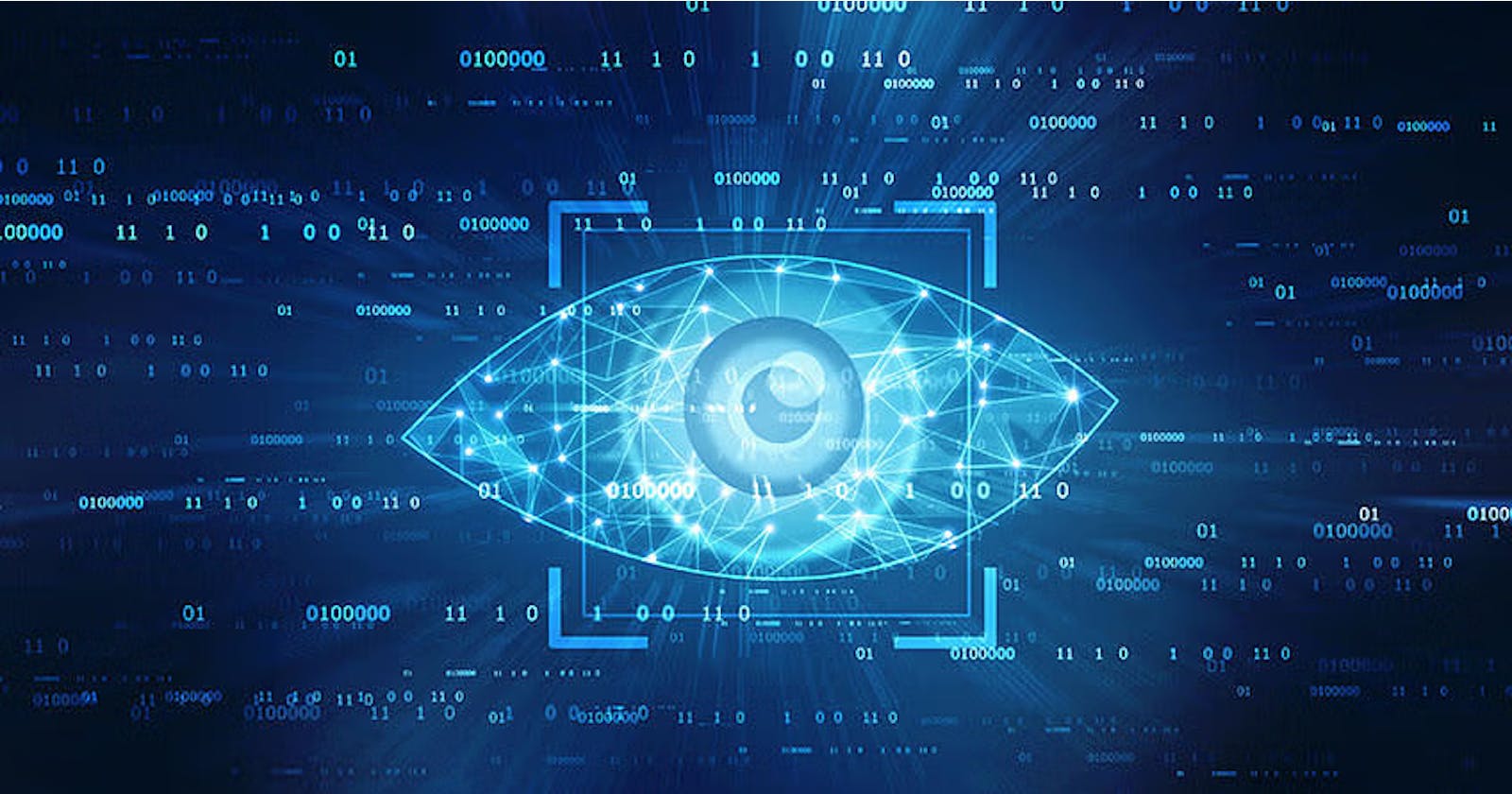Introduction
In the vast universe of technology, few innovations have ignited as much excitement and fascination as the realm of computer vision. This groundbreaking field within artificial intelligence (AI) bestows machines with an awe-inspiring ability: the power to perceive and comprehend the visual world much like humans. From identifying intricate objects and interpreting emotions etched on faces to self-driving vehicles navigating bustling cityscapes, computer vision stands as a cornerstone of modern innovation. It's a phenomenon that has not only revolutionized industries but has also redefined our interactions with the environment we inhabit.
Defining the Essence: What is Computer Vision?
At its core, computer vision endows machines with the capability to interpret and process visual data, such as images and videos. It enables computers to recognize patterns, extract meaningful information, and derive insights from visual inputs. Through a fusion of AI algorithms, mathematical techniques, and deep learning models, computers can discern and understand the content of images, making decisions or generating outputs based on this newfound understanding.
Evolution of Computer Vision: From Pixels to Insights
The journey of computer vision began with rudimentary image processing techniques, where computers could execute tasks like edge detection and basic shape recognition. Over time, the field progressed to encompass more intricate tasks, such as facial recognition and scene understanding. With the advent of deep learning and convolutional neural networks (CNNs), computer vision achieved unprecedented milestones, enabling systems to process and classify complex visual information with astonishing accuracy.
Realms of Application: Painting with a Palette of Possibilities
The canvas of computer vision is as broad as it is impactful, weaving itself into virtually every sector of our society:
Healthcare: Computer vision aids in diagnosing diseases through medical image analysis. From identifying tumors in radiological scans to tracking disease progression, it assists medical professionals in making informed decisions and enhancing patient care.
Automotive Industry: Autonomous vehicles rely heavily on computer vision to interpret their surroundings. Cameras and sensors process real-time data, enabling vehicles to detect pedestrians, recognize road signs, and navigate intricate traffic scenarios autonomously.
Retail: Computer vision transforms retail experiences through visual search and augmented reality. Shoppers can locate products by simply pointing their smartphones at items, while AR mirrors allow them to virtually try on clothes before purchasing.
Security and Surveillance: Facial recognition technology bolsters security measures by identifying individuals in real-time. This technology is employed at airports, borders, and even on personal devices for authentication.
Agriculture: Computer vision assists in crop monitoring, disease detection, and yield prediction. Drones equipped with cameras can analyze vast agricultural landscapes, enabling farmers to make informed decisions for optimal crop health and yield.
Entertainment and Gaming: The entertainment industry leverages computer vision for motion capture, allowing digital characters to mimic human movements convincingly. Additionally, virtual reality (VR) and augmented reality (AR) experiences are enriched by the real-time interpretation of the user's environment.
Challenges and Future Frontiers
Despite its tremendous achievements, computer vision faces several challenges. Variability in lighting conditions, occlusions, and the need for extensive labeled training data can hinder accuracy. Privacy concerns and ethical considerations surrounding facial recognition and surveillance also require careful deliberation.
Looking ahead, the future of computer vision is radiant with possibilities. Researchers are exploring techniques to make models more robust to diverse conditions, enhance interpretability, and create systems that can learn from fewer examples. Collaborations with other AI domains, such as natural language processing, promise to enrich the multi-modal understanding of the world, enabling machines to comprehend the context surrounding visual data.
Conclusion
Computer vision's transformative impact is unmistakable, propelling humanity into a future where machines possess the gift of sight, understanding, and interpretation. From the operating room to the factory floor, from city streets to online marketplaces, its influence touches every facet of our lives. As we stand on the precipice of a visual revolution, we can anticipate the continual evolution of computer vision, promising technological marvels that redefine how we perceive and interact with the world around us.
